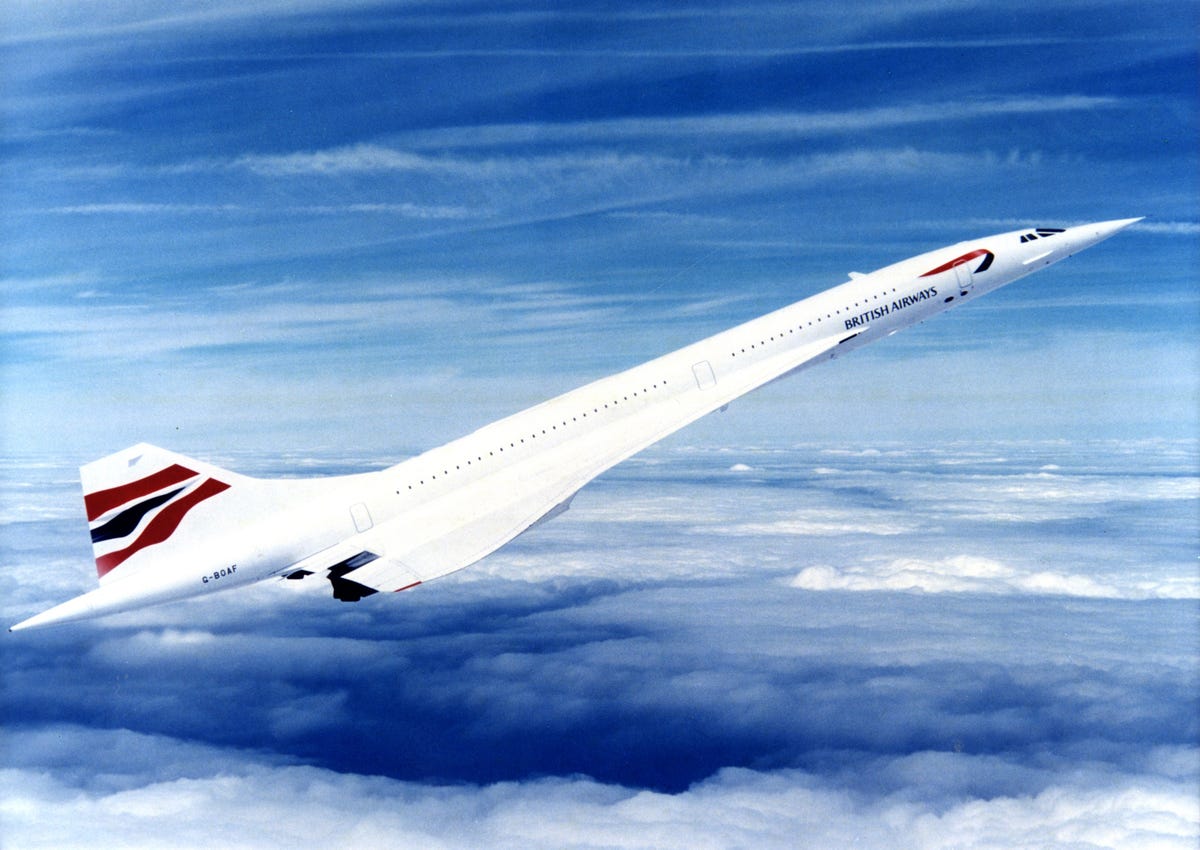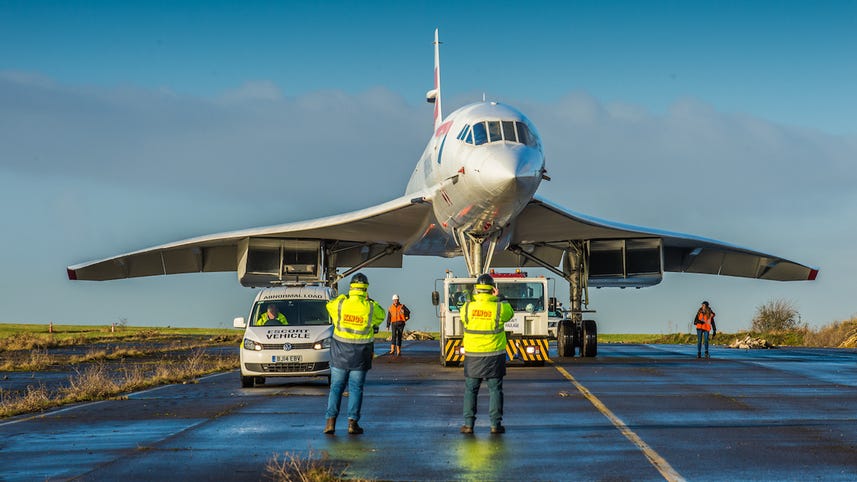A supersonic life: The story of Concorde Alpha Foxtrot
As it moves into its new home in an aviation museum in Bristol, England, take a look back at the amazing life of the last Concorde to be built.

The last of the 20 Concorde aircraft to be built, Alpha Foxtrot moved into its new home today when it was towed across Bristol Filton Airport in southwest England. Now parked in a purpose-built hanger, it will be part of a new aviation museum, scheduled to open this summer.
Born in Bristol
First conceived more than 50 years ago, the Concorde was meant to bring supersonic flight to mass passenger air travel. Engineers based at Filton, like these pictured here in 1967, worked with their counterparts in France to design the revolutionary aircraft.

A Concorde gets a new home
Concorde Alpha Foxtrot was the last of her kind to fly. She will now be on display at a new aviation museum at Bristol Filton Airport in southwest England.
Testing the wing
As different designs were considered, they were subjected to hydromatic testing in a wind tunnel at Filton. This photo is from 1965.
Building the bird
All seven of the Concorde aircraft that flew passengers for British Airways were built in Bristol. (The Air France planes were built in Toulouse, France.) Here you can see four Concordes under final assembly at Filton in 1974.
First flight
Alpha Foxtrot made its first flight from from Filton on April 20, 1979.
In service
After entering service with British Airways, the aircraft carried the rich, famous and powerful, plus a lucky few who could stretch to the four-figure fare. Average flying time between London and New York was three and a half hours.
So fast it expanded in flight
Because the Concorde flew so fast -- Mach 2.02 or about 1,354 mph (2,179 kph) -- friction from the surrounding air would heat the fuselage causing it to expand by as much as 30 cm or almost a foot. This captain's hat, now wedged in the corner of Alpha Foxtrot's cockpit, would be able to fit comfortably into a large gap between the instrument panel and the wall that would appear during supersonic flight.
Great days
In this photo, Alpha Foxtrot is parked with two of its sister aircraft during their glory days.
Amazing from any angle
Even on the ground, the Concorde was a sight to behold.
Last flight
On November 26, 2003, after it and the rest of the Concorde flight were retired from service, Alpha Foxtrot made its last flight from London's Heathrow Airport to Filton. Here she is flying over Bristol's famous Clifton Suspension Bridge just before landing.
After arrival
The trip to Bristol was the last time a Concorde was airborne. After Alpha Foxtrot landed, the flight crew waved the British flag from the cockpit.
Keeping her in shape
Over the last 13 years, Airbus employees continually carried out £3 million of maintenance work to preserve Alpha Foxtrot.
Waiting for a new life
Alpha Foxtrot was parked on the runway at Filton where it was occasionally opened to the public.
On the move again
During the tow across the airport, Airbus and British Airways crews directed the tug.
Coming home
A wall had to be removed in the new hanger to fit the Concorde, leaving less than a meter (about 3 feet) of space on each side.
Breaking ground
When Aerospace Bristol first broke ground for the Concorde hanger, employees formed the aircraft's distinctive outline on the ground.
A custom built home
The hanger's wedge shape was designed just for Alpha Foxtrot.

